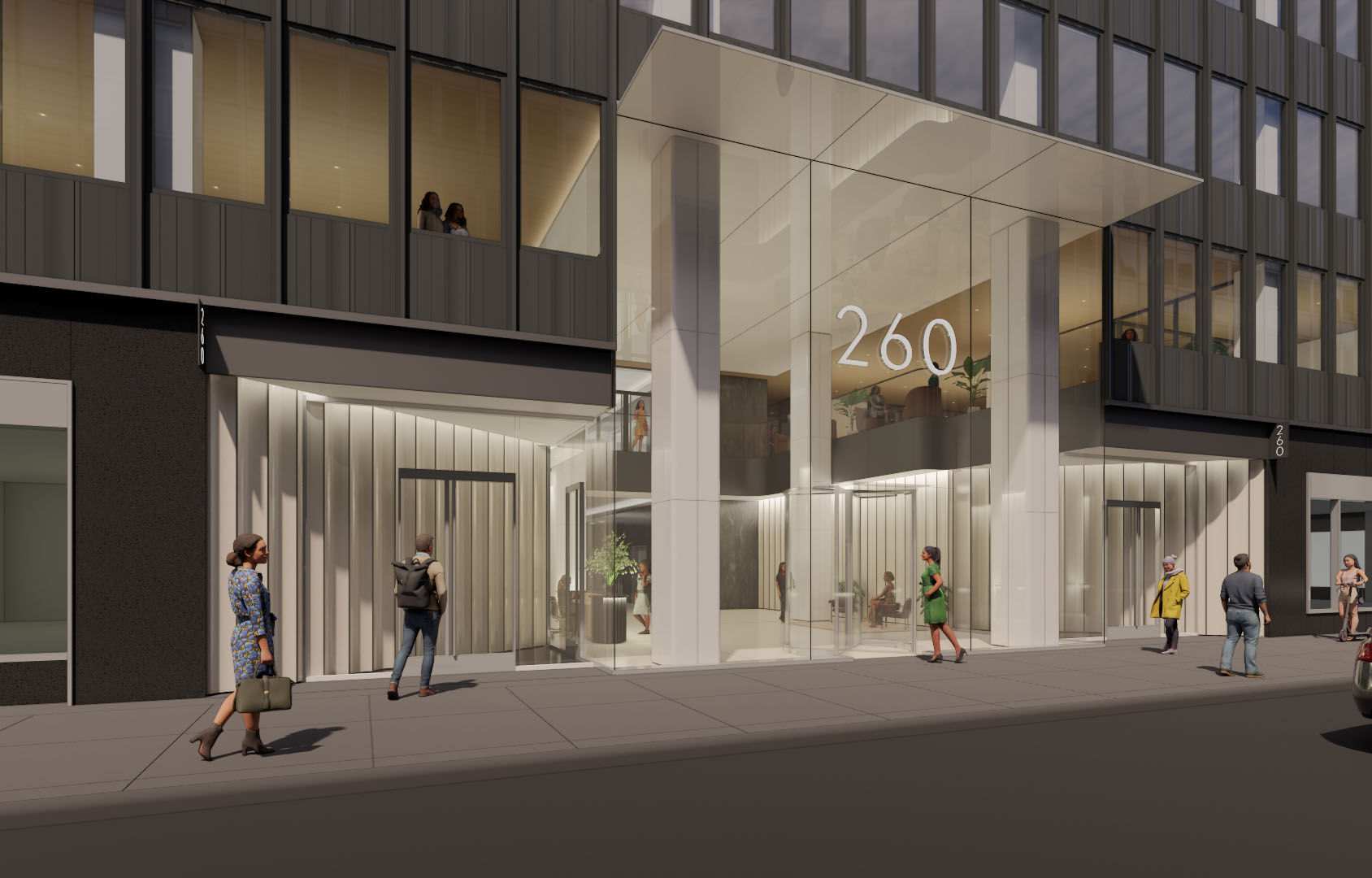The CRE industry needs community garden spaces - by Farris Wu

DecorMatters
COVID-19 has brought renewed focus on mental health and wellness. And as a return to activity is re-imagined and reconsidered, sustainable architecture and green building design will be a primary priority for commercial real estate industry experts, to fulfill new needs and attract demand.
The landscape surrounding commercial premises is more valuable than ever before as our societies become more environmentally conscious and aware of the impact environments have on wellbeing and productivity. During the return to workplaces post-lockdown, the consensus is also that offices should now have outdoor places to relax and collaborate. Apart from benefitting the workforce, community gardens with a strong emphasis on natural diversity, create visually stimulating spaces.
Whether office spaces, hotels or resorts, malls, restaurants, or healthcare facilities, commercial property owners and developers must consider sustainable landscape designs and community gardens for both new builds and when rejuvenating existing structures. Here’s why.
Community Garden Spaces Are Profitable
Even before the pandemic, research was done into the effects of community gardens on property values. What is evident is that gardens, small urban parks, and other green spaces can stabilize and improve host neighborhoods, increase the value of neighboring properties, and be a focal point for a community or building complex.
Reinvigorating neglected courtyards and providing eco-friendly roof gardens or relaxing terraces at workplaces and shopping centers have the same effect. They foster a sense of community, improve the environmental air quality in a neighborhood or building complex, and provide attractive scenery to replace eyesores for residents.
Unsurprisingly, a study of community gardens in New York found that nearby property values increased “by up to 9.4% within five years after the opening of [a] garden” – and the impact increases over time. Architects, property developers, and planning consultants should take note: How can they capitalize on this and be part of such a positive impact?
How COVID-19 Escalated the Need for Outdoor Office Spaces
In The Future of Towns and Cities Post COVID-19 study, Andy Pyle, head of real estate at KPMG in the UK, said: “Almost all companies will maintain physical space, but it will be there for three main purposes: collaboration, creativity, and culture, and there will be less space devoted to standard desk space for tasks that could be done remotely.”
This calls for old office spaces to be turned into meditation pods, gyms, and community outdoor garden spaces for facilitating communication and team bonding. For developers, outdoor office spaces are in high demand as companies are striving for increased productivity rates and employee satisfaction, and reduced stress levels.
There’s a connection between peoples’ improved health and real estate with an eco-friendly environment, so companies are opting for outdoor green spaces made with eco-friendly, natural materials like wood, clay, and stone. The whole design helps increase biodiversity, save natural resources, boost creativity, and positively impact the urban microclimate.
After noticing the benefits, companies and building owners have taken this further by requesting developers and designers to bring the outdoors inside by incorporating sustainable materials in the building design like wicker, rattan, bamboo, wood, and cotton. Populating office spaces with plants is meant to raise humidity levels, improve the air quality, and lower the temperature too – an optimal work environment.
The Future of Community Garden Spaces
Community garden spaces will be in high demand; an environmentally conscious building and innovative outdoor garden design demonstrate a company’s social awareness, reflects their corporate values, and enhances their image. Such an approach will bring an economic advantage for a hotel, mall, or office if they are seen to be following sustainable and environmental practices, and take pride in their building. With tools like 3D visuals, CGI images, and Garden Walkthroughs, there’s no excuse not to get on board with sustainable design.
With urban areas seeing less foot traffic, many spaces that were once bustling shops and offices will be freed up. The locations that are most at risk should be turned into community gardens and outdoor green spaces to avoid the consequences of vacant lands: decreased property values, drug use, and illegal dumping of litter.
The pandemic has highlighted the issue of poor-quality housing and the importance of access to adequate green spaces. The commercial real estate industry professionals must implement community garden spaces, that are sought after by office workers, retail consumers, and local homeowners, to be efficiently prepared for new trends post-covid and attract the interest of potential customers too.
Farris Wu is the founder and CEO of DecorMatters, San Francisco, CA.
AmTrustRE completes $211m acquisition of 260 Madison Ave.


Lasting effects of eminent domain on commercial development - by Sebastian Jablonski

AI comes to public relations, but be cautious, experts say - by Harry Zlokower

Behind the post: Why reels, stories, and shorts work for CRE (and how to use them) - by Kimberly Zar Bloorian









.jpg)

.gif)